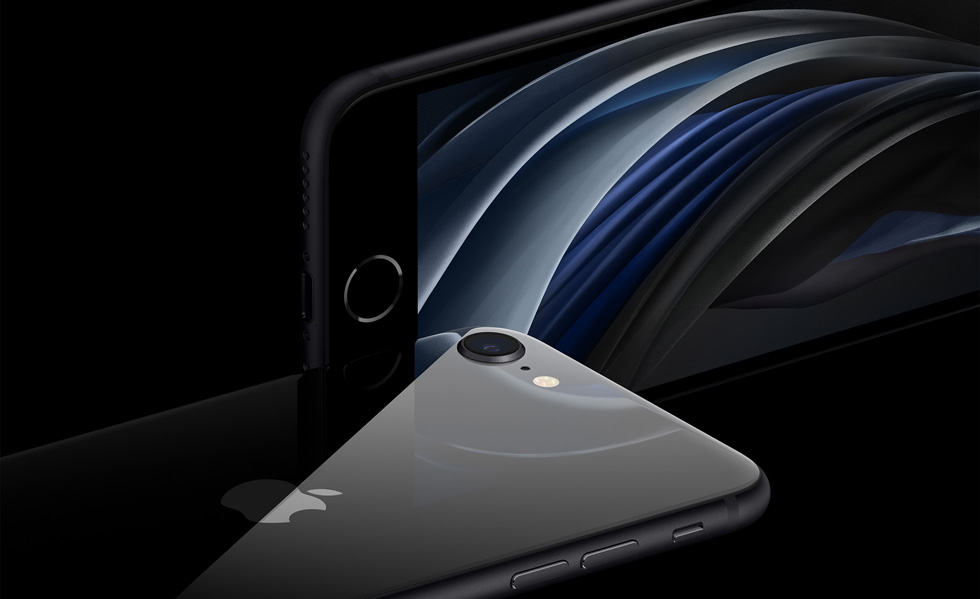
If you have an older iPhone, like an iPhone 6s, iPhone 7, or an even earlier iPhone, you may be wondering whether it’s worth the upgrade to a newer device. In a nutshell, the answer is yes, but we’ll walk through the reasons why in the guide below.
The new 2020 iPhone SE is identical to the design that Apple used for iPhones released in 2014, 2015, 2016, and 2017, so those upgrading to the SE from the iPhone 6, 6s, 7, or 8 can expect a device that’s the exact same size, weight, shape, and design.
The 2020 iPhone SE features a 4.7-inch LCD display, thick top and bottom bezels, and a Touch ID Home button with faster Touch ID responsiveness than was available in many of the original iPhones with Touch ID.
In older iPhones, the Touch ID Home button was an actual button, but as of the iPhone 7, Apple has been using a buttonless button. The button feels like it’s pressing down thanks to haptic feedback, but it’s actually solid. It won’t feel too different from the button on the iPhone 6 and 6s, but it will have less squish.
Those upgrading from a “Plus” device like the iPhone 6s Plus will not be able to get a device in the same larger 5.5-inch size, as there is no “Plus” version of the iPhone SE at this time.
Colors have shifted, with the iPhone SE available in white, black, and (PRODUCT)RED, but black and white are similar to the well-known silver and space gray colors. There is one major, notable difference in the design of the iPhone SE compared to older phones – the iPhone SE features a glass front and back with an aluminum band sandwiching the two pieces together, while the iPhone 6s and other similar iPhones (with the exception of the iPhone 8) had an aluminum body.
Aluminum is much more durable than glass, so those upgrading to an iPhone SE from an older phone should be aware that the new iPhone is more fragile and can easily shatter if dropped without a case onto a hard surface.
For those coming from an original 2016 iPhone SE, the new iPhone SE is a good deal larger, but it is, unfortunately, Apple’s smallest phone. The 4-inch form factor has been retired, and it’s unlikely that Apple will revive it.
If you’re planning to upgrade to the iPhone SE from an iPhone 6 or 6s, then you need to know that there is no headphone jack on the iPhone SE. Apple removed the headphone jack from the iPhone with the iPhone 7, and subsequent iPhones have not included a headphone jack.
That means if you have wired headphones that use the 3.5mm headphone jack, you’ll need an adapter that lets them connect to the Lightning port on the iPhone or you’ll need to transition to a Bluetooth-based solution like the AirPods.
If you’re upgrading from an iPhone 6s, 7, or 8, you might be used to the 3D Touch feature that lets you access hidden menus and other features when pressing a finger down on the iPhone’s display.
The iPhone SE doesn’t have 3D Touch, but it does have something similar – Haptic Touch. Haptic Touch isn’t quite the same thing because there’s no pressure sensitivity, but it acts in the same way and can accomplish the same tasks.
The first iPhone that was advertised as being water resistant was the iPhone 7, so if you have an iPhone 6 or 6s, water resistance is a major bonus feature that you’ll get when you upgrade because you won’t need to worry about using the iPhone in the rain, accidentally dropping it in a puddle, and other accidental liquid exposure.